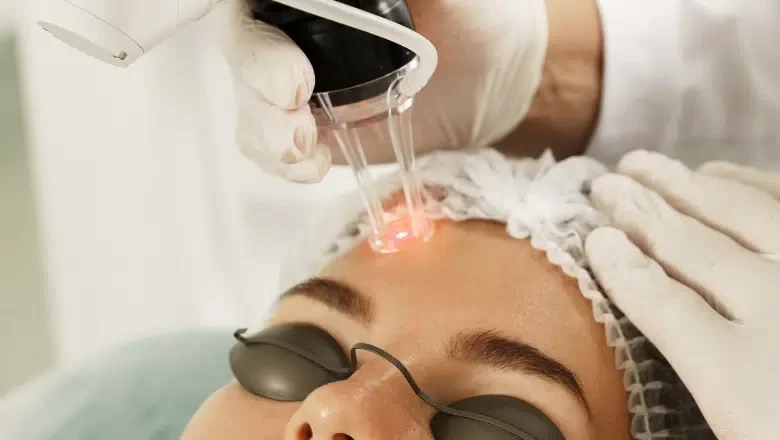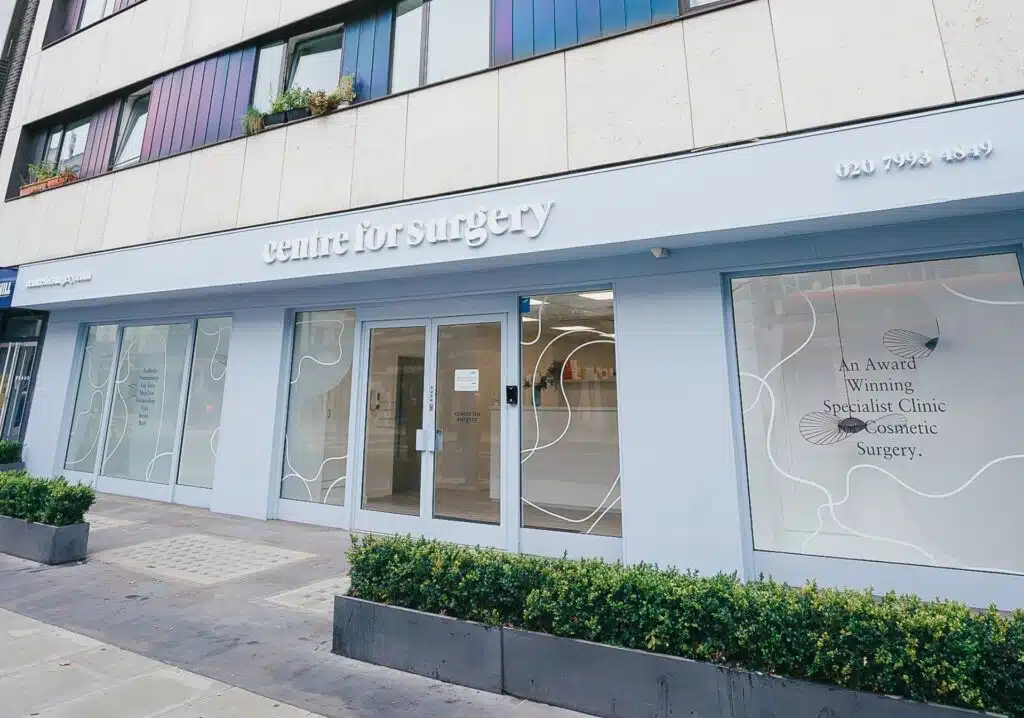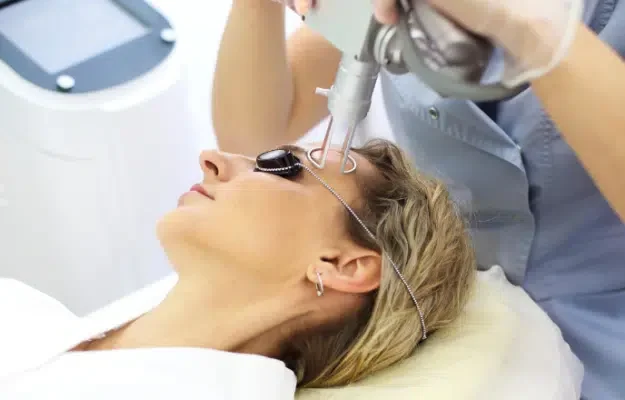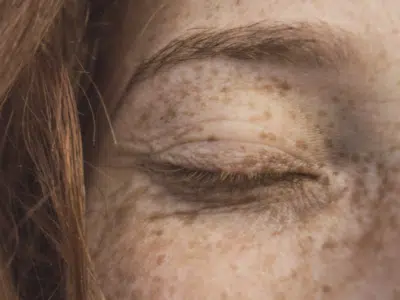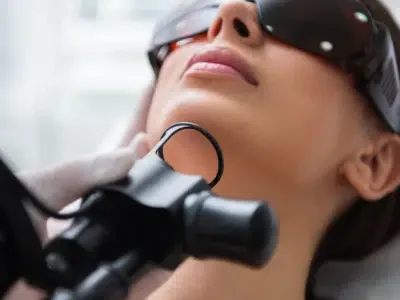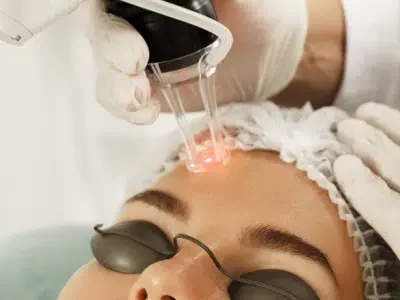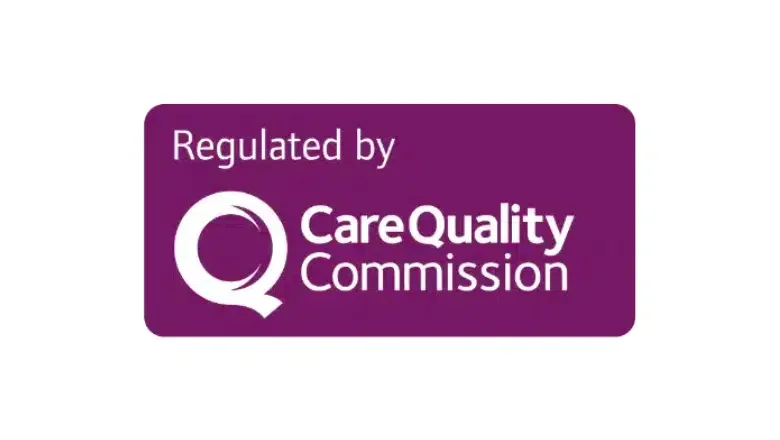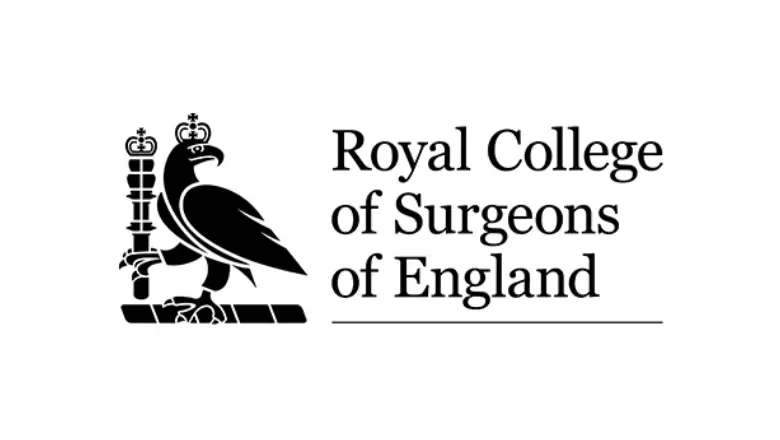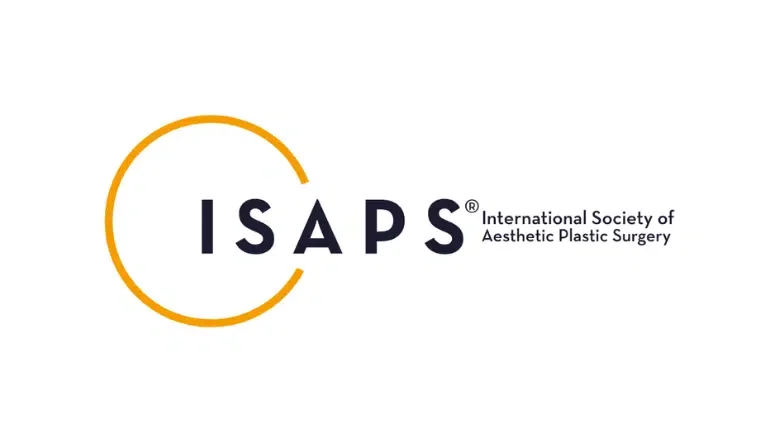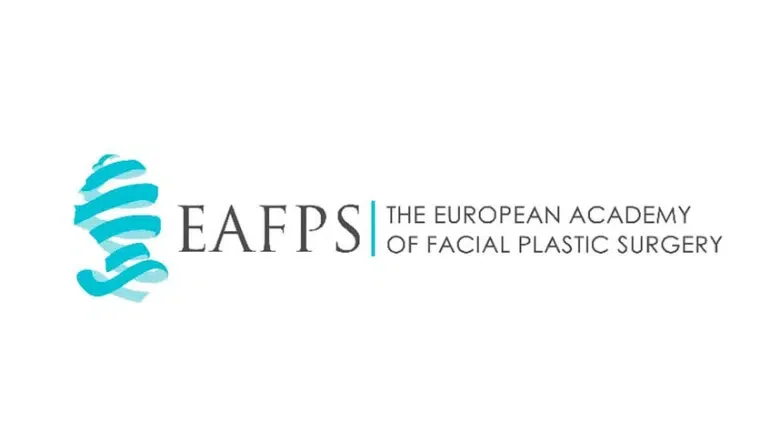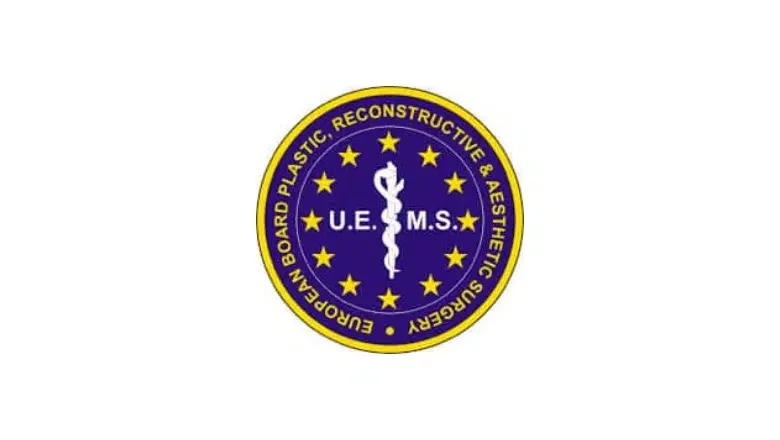Many people worry about the pain of laser skin resurfacing. The truth is, discomfort can vary depending on the laser technique used. Our expert team often performs full erbium YAG resurfacing, a procedure designed to refresh your skin completely by removing the outer layer. This method is surprisingly comfortable.
On the flip side, the fractional erbium YAG laser might introduce a bit more of a sting, similar to the sensation of a sunburn, which usually lasts around 24 hours. Should you experience this, your skin may also react sensitively to cold air, making it advisable to steer clear of fans and chilly breezes during this time. To ease any discomfort, we’ll provide you with a soothing ointment to apply to your skin, ensuring a more comfortable recovery. Usually, by the next day, any stinging sensation will have disappeared, and it’s rare for our patients to need any pain relief medication.
What are the drawbacks of laser skin resurfacing?
Laser resurfacing is a popular method for achieving flawless skin, renowned for its ability to diminish wrinkles, scars, and other skin imperfections. However, as with any cosmetic procedure, weighing the potential downsides before proceeding is important. Two of the primary concerns associated with laser resurfacing are the recovery period and the inherent risks involved.
The recovery process following laser resurfacing can be somewhat inconvenient, especially for those with bustling lifestyles. You may find the treatment downtime challenging if your daily routine involves work commitments, social activities, or spending time outdoors. Typically, this period can range from a week to two weeks, during which your skin’s increased sensitivity to sunlight necessitates a hiatus from your usual outdoor ventures. Exposure to the sun during this critical healing phase can lead to complications such as hyperpigmentation, where patches of skin become darker than the surrounding areas, detracting from the uniform, smooth complexion you’re aiming for.
Individuals with certain health conditions, such as diabetes, may face additional challenges. The healing process can be slower for diabetic patients, which not only prolongs recovery but also raises the possibility of less-than-optimal outcomes. In some cases, this extended healing time can increase the likelihood of scarring, a particularly concerning risk for anyone seeking to enhance their skin’s appearance.
While modern laser technologies and techniques have made laser resurfacing safer than ever, no procedure is without risk. Discussing these aspects with your surgeon is crucial. A thorough consultation at Centre for Surgery will help you understand how your personal health, skin type, and lifestyle may affect your suitability for laser resurfacing and the likelihood of achieving your desired results.
How long does it take to heal from laser skin resurfacing?
The path to recovery after undergoing laser resurfacing is as unique as the individual and the specific laser technology employed. The healing timeframe varies significantly, influenced by the type of laser chosen for the procedure. This choice is pivotal, as it affects not just the duration of the recovery but also the overall treatment strategy and the number of sessions required.
For those choosing nonablative laser treatments, the appeal often lies in the minimal downtime. Recovery can span from a mere day to a week, a relatively swift turnaround that allows for a quick resumption of daily activities. However, it’s essential to note that achieving the best possible outcomes typically necessitates multiple sessions. Most individuals find that three to four treatments, spaced appropriately apart, are necessary to unlock the full potential of nonablative lasers. While the shorter recovery period is certainly attractive, the need for repeat sessions is a crucial consideration in your treatment planning.
On the other hand, ablative laser treatments, including the fractional erbium laser, present a different recovery dynamic. The downtime associated with these procedures ranges from about five to seven days. However, should you opt for a fully ablative laser approach, be prepared for a more extended recovery period, typically between 10 to 14 days. Ablative lasers are more intensive by nature, targeting the skin more deeply to promote rejuvenation and repair. Although this means a longer healing time compared to nonablative alternatives, the trade-off is often worth it. A single session of ablative laser treatment can yield significant results, reducing the need for multiple treatments.
Should I get laser resurfacing or a chemical peel?
When faced with the myriad of options for skin rejuvenation, two of the most popular treatments that emerge are chemical peels and laser resurfacing. Both aim to unveil a fresher, more youthful layer of skin, but they take distinct routes to achieve this transformation. The choice between them hinges on various factors, including the desired outcomes, skin type, and personal comfort with the procedures.
RELATED: Laser Skin Resurfacing vs Chemical Peels: Which is Better?
Laser resurfacing is often heralded for its precision and the ability to tailor the treatment to individual needs. This technique uses targeted laser energy to meticulously remove layers of skin, enabling control over the penetration depth. This precise adjustment allows for a customized treatment plan to address specific concerns, from fine lines and wrinkles to scars and hyperpigmentation. The process is clean and controlled, with the laser facilitating a more predictable healing process. Unlike chemical peels, which involve the application of a chemical solution to exfoliate the skin, laser resurfacing removes the epidermal layers directly, leaving the skin to heal without the additional step of peeling.
The recovery experience from laser resurfacing is often considered cleaner and somewhat more manageable, primarily because it bypasses the peeling phase that is characteristic of chemical peels. This direct approach to skin renewal can be particularly appealing for those seeking a more straightforward recovery period.
